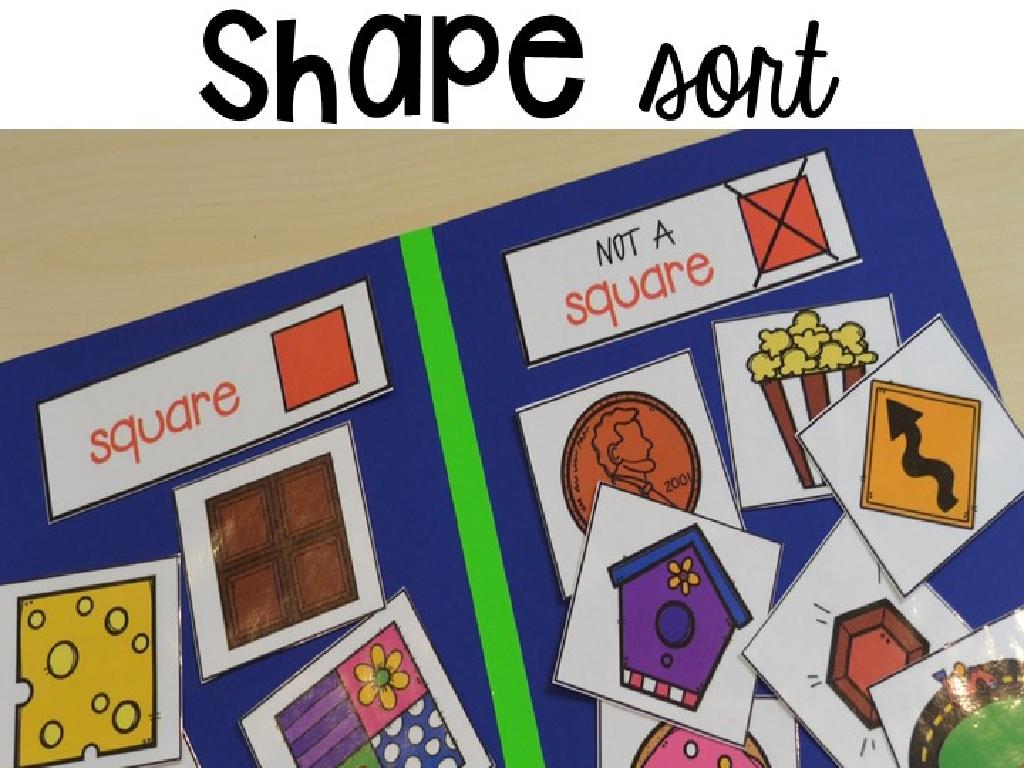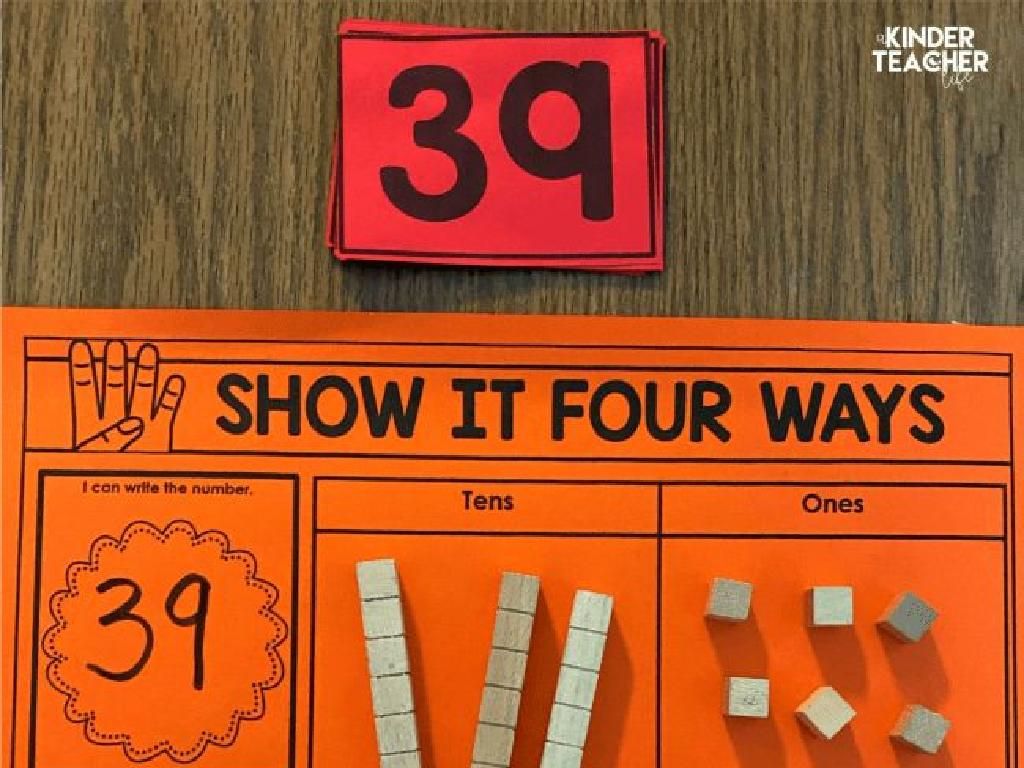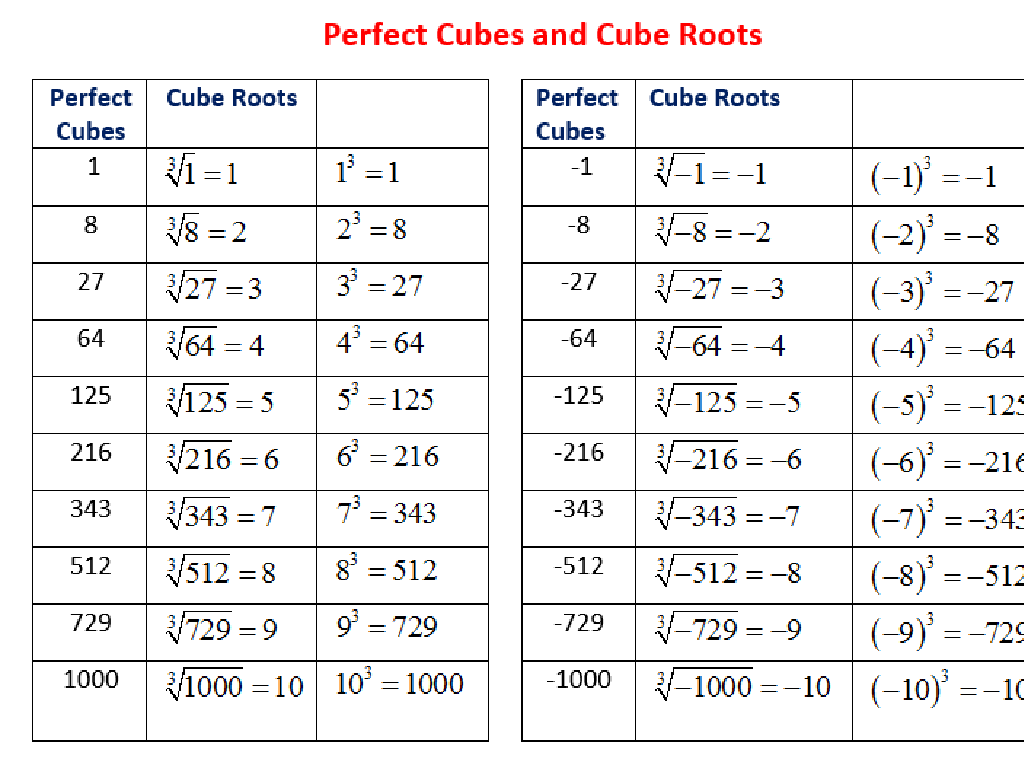Analyze The Effects Of Figures Of Speech On Meaning And Tone
Subject: Language arts
Grade: Sixth grade
Topic: Literary Devices
Please LOG IN to download the presentation. Access is available to registered users only.
View More Content
Exploring Literary Devices: Figures of Speech
– Define Literary Devices
– Tools authors use to enhance writing, like metaphors or alliteration.
– Purpose of Literary Devices
– To add depth, create emphasis, or evoke emotions in their stories.
– Focus on Figures of Speech
– Figures of speech are expressions like similes, metaphors, and personification.
– Impact on Meaning & Tone
– They can change how we feel about the text and what we take from it.
|
Begin with a definition of literary devices, ensuring students understand they are techniques writers use to express ideas creatively and effectively. Explain that authors use these devices to make their writing more engaging and to help readers connect with the text on a deeper level. Introduce figures of speech as today’s main topic, highlighting that they are a type of literary device. Discuss how figures of speech, such as similes and metaphors, can influence the meaning and tone of a piece of writing. Emphasize that understanding these can enhance interpretation and appreciation of literature. Provide examples to illustrate how the use of these devices can alter the mood of a passage and affect the reader’s perception.
Exploring Figures of Speech
– Define figures of speech
– A figure of speech is a word or phrase used in a non-literal sense for rhetorical or vivid effect.
– Examples of common figures
– Similes, metaphors, personification, and hyperbole are a few examples.
– Figures add flavor to writing
– They make our writing more engaging and expressive.
– Impact on meaning and tone
– Figures of speech can change how we feel about the text and what we think it means.
|
This slide introduces students to the concept of figures of speech, which are tools that writers use to create imagery and express ideas in interesting ways. Start by defining what figures of speech are and then provide examples such as similes (like or as) and metaphors (direct comparisons). Discuss how these devices add depth and emotion to writing, making it more enjoyable to read. Explain that the use of figures of speech can greatly influence the reader’s interpretation of the text, affecting both the meaning and the tone. Encourage students to think of examples from books they’ve read or to create their own examples.
Similes and Metaphors: Enhancing Language
– Understanding similes
– A simile compares two things using ‘like’ or ‘as’, e.g., ‘as brave as a lion’.
– Grasping metaphors
– A metaphor directly states one thing is another, e.g., ‘the classroom was a zoo’.
– Identifying similes in text
– Finding metaphors in sentences
|
This slide aims to help students differentiate between similes and metaphors, which are both important figures of speech in literature. Similes use ‘like’ or ‘as’ to draw comparisons and often create vivid imagery, making the text more engaging. Metaphors, on the other hand, convey a comparison directly without using ‘like’ or ‘as’, which can add a layer of depth and meaning to the writing. Encourage students to look for these figures of speech in sentences and understand how they contribute to the tone and meaning of the text. Provide additional examples and practice sentences for students to analyze. This will enhance their interpretive skills and appreciation for literary expression.
Exploring Personification in Literature
– Understanding personification
– Personification gives human traits to non-human things
– Example: Wind’s whisper
– ‘The wind whispered through the trees’ suggests a gentle, hushed sound
– Personification’s impact on meaning
– It makes descriptions more vivid and relatable
– Personification’s impact on tone
– It sets a mood or emotional atmosphere
|
Personification is a figure of speech where human qualities are given to animals, objects, or ideas. It is a powerful tool that can make descriptions more engaging and help readers connect emotionally with the text. For example, saying ‘the wind whispered through the trees’ personifies the wind with the ability to whisper, which not only creates a vivid image but also suggests a quiet and serene environment. This can affect the meaning by adding depth to the narrative and influence the tone by evoking specific emotions. Encourage students to find examples of personification in their favorite books or poems and consider how it affects their perception of the text.
Exploring Hyperbole in Literature
– Definition of Hyperbole
– An extreme exaggeration used for effect.
– Example: ‘I’ve told you a million times’
– Shows strong emotion or emphasis.
– Recognizing exaggeration
– Hyperbole isn’t literal; it’s used to highlight a point.
– Effect on meaning and tone
– Can add humor or intensity to the text.
|
Hyperbole is a figure of speech that involves an exaggeration of ideas for the sake of emphasis. It’s not meant to be taken literally but is used to create a strong impression and add excitement or humor to a sentence. For example, saying ‘I’ve told you a million times’ emphasizes the speaker’s frustration or the importance of the message, rather than indicating the actual number of times something has been said. When analyzing literature, it’s important for students to recognize hyperbole and understand how it affects the meaning and tone of the text. It can make the language more vivid, expressive, and impactful. Encourage students to find examples of hyperbole in their reading and consider how it influences their perception of the text.
Exploring Onomatopoeia in Literature
– Definition of Onomatopoeia
– Words that imitate real-life sounds
– Examples: ‘buzzed’, ‘creaked’
– ‘The bees buzzed’, ‘The door creaked’
– Onomatopoeia creates fun sounds
– Makes reading more engaging and lively
– Impact on meaning and tone
– Adds excitement or tension to the story
|
Onomatopoeia is a literary device where the word’s pronunciation imitates the sound it represents, making the description more expressive and interesting. For example, ‘buzzed’ and ‘creaked’ mimic the actual sounds of bees and a door, respectively. This device can make the text more engaging for readers, as it helps them to hear the sounds in the story, adding to the immersive experience. Discuss how onomatopoeia can influence the reader’s perception of the text’s meaning and the tone, whether it’s to add humor, tension, or vivid imagery. Encourage students to find examples of onomatopoeia in their favorite books or poems and consider the effect these words have on their reading experience.
Figures of Speech: Meaning & Tone
– Figures of speech impact meaning
– They add depth and evoke emotions
– They set the passage’s tone
– Tone can be humorous, serious, etc.
– Examples: metaphors, similes
– ‘As brave as a lion’ shows courage
– Let’s discuss as a group!
– Share thoughts on examples given
|
This slide aims to help students understand how figures of speech can change the meaning of words and influence the tone of a text. Figures of speech, like metaphors and similes, add color and depth to language, often evoking emotions and imagery that plain text cannot. They can also set the mood of a passage, making it humorous, serious, or melancholic. Provide students with clear examples of figures of speech and how they affect meaning and tone. Encourage group discussion to allow students to share their interpretations and understandings, which will enhance their analytical skills and appreciation for literary devices.
Class Activity: Literary Device Hunt
– Find Figures of Speech in text
– Discuss their effect on meaning
– How does the figure of speech change what the text is saying?
– Discuss their effect on tone
– How does it influence the feeling or attitude of the text?
– Share findings with class
|
This activity is designed to engage students in identifying and analyzing figures of speech within a text to understand their impact on meaning and tone. Provide students with a passage rich in literary devices. Instruct them to work in pairs to highlight various figures of speech, such as metaphors, similes, personification, etc. They should then discuss how these elements alter the interpretation of the text and its emotional delivery. Afterward, each pair will share their insights with the class, fostering a collaborative learning environment. As a teacher, facilitate the discussion by providing examples and guiding questions, and ensure that each student participates in the conversation. This exercise will enhance their analytical skills and appreciation for the nuances of language.
Wrapping Up: Figures of Speech
– Recap: Figures of Speech impact
– Summarize how metaphors, similes, etc., affect meaning and tone.
– Literary Devices enhance writing
– Discuss how these tools make writing more vivid and expressive.
– Homework: Craft a paragraph
– Use metaphors, similes, personification to write a creative paragraph.
– Share your creative examples
|
As we conclude today’s lesson, remind students of the powerful role figures of speech play in shaping the meaning and tone of a text. Emphasize that literary devices are not just fancy tools but essential elements that bring life to writing, making it more engaging and relatable. For homework, students should practice using the figures of speech learned by writing a short paragraph. This will help them internalize the concepts and apply them creatively. In the next class, ask volunteers to share their paragraphs and discuss the effects of the literary devices they chose to include.






